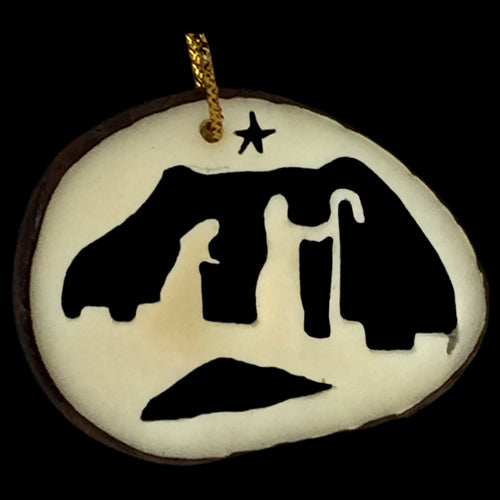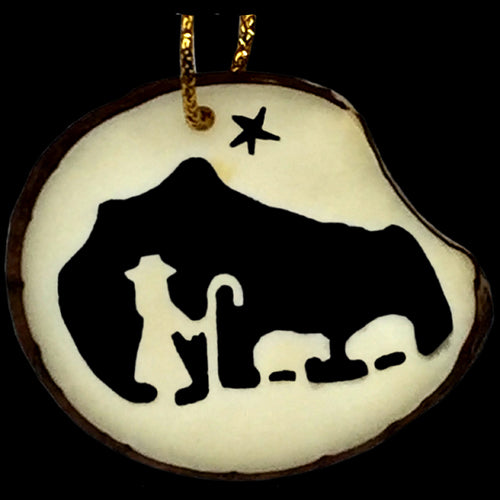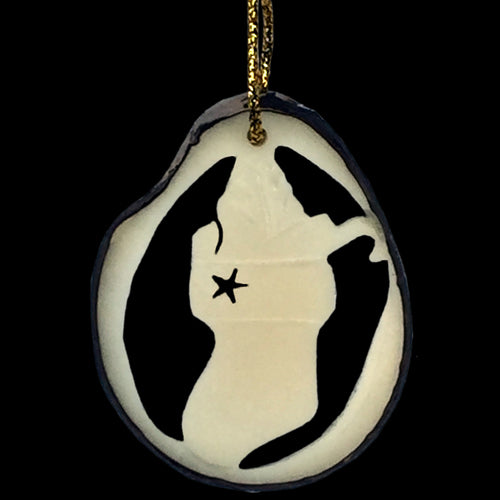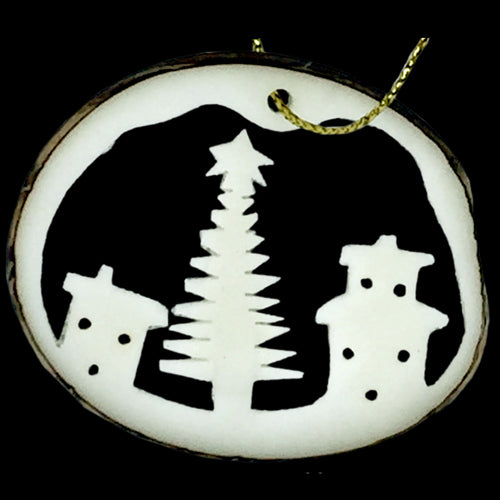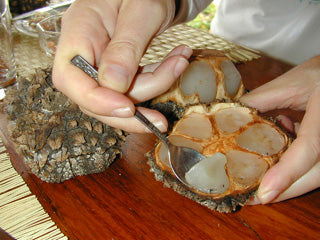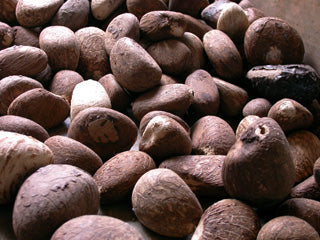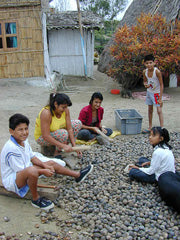OWP
Belén Adorno de Nuez de Tagua Tallada a Mano- Marfil Vegetal-Ecuador
Belén Adorno de Nuez de Tagua Tallada a Mano- Marfil Vegetal-Ecuador
No se pudo cargar la disponibilidad de retiro
Estas rodajas de adorno de nuez de Tagua no solo son delicadas sino también naturales y únicas. La nuez de tagua es una nuez de la selva tropical conocida como marfil vegetal por su parecido con el marfil animal. Son semillas que crecen en vainas llamadas cabezas, de la palmera tagua. La textura suave y dura de la tagua es un medio ideal para tallar joyas, cajas y otras figuras o usar las rodajas de semillas como cuentas para collares, pulseras y otros proyectos artesanales. Un pastor con sus ovejas.
Naya Nayon, una ONG con sede en Ecuador, contrarresta la pobreza y la deforestación creando nuevos empleos que dependen de la conservación y el manejo forestal responsable. La organización trabaja con 23 artesanos locales, la mayoría trabajando en talleres caseros para crear varios y hermosos objetos a partir de nueces de tagua. Estas nueces crecen todo el año en Ecuador y pueden cosecharse sin causar ningún daño a la selva tropical.
- Medida promedio de cada adorno: 1 3/8" de alto x 1 5/8" de ancho x 1/8" de espesor
- Viene con un delicado cordón dorado para colgar.
Rodajas de semillas de tagua naturales provenientes de Ecuador e importadas de comercio justo.
Le recomendamos que ayude a salvar los bosques tropicales considerando comprar nueces de Tagua. Lea nuestra descripción ampliada a continuación haciendo clic en "Acerca de los artesanos" para obtener más información sobre cómo se hacen las tallas de nuez de tagua y cómo han ayudado a salvar miles de acres de selva tropical y hábitat de vida silvestre.
Share
About the Artisans
About the Artisans
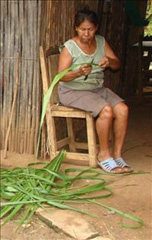 Joyeria Semilla meaning Seed Jewelry is a small fair-trade workshop in the Andean town of Villa de Leyva, Colombia. Girasol Taborda, a local artisan and social entrepreneur, started the workshop in the mid-1990s.
Joyeria Semilla meaning Seed Jewelry is a small fair-trade workshop in the Andean town of Villa de Leyva, Colombia. Girasol Taborda, a local artisan and social entrepreneur, started the workshop in the mid-1990s.
Joyeria Semilla’s objective is three-folds; to create new jobs, revive Colombia's handicrafts sector and to motivate locals to better manage their natural resources. The organization works primarily with socially and economically disadvantaged youths, single mothers and people with disabilities in the area. The company offers free training in product design, technical training and marketing to new members. Joyeria Semilla has trained them in the craft of jewelry-making.
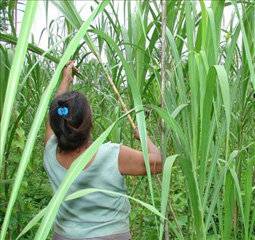
Caña Flecha or “Gynerium Sagittatum” is a locally found palm tree in the regions of the Caribbean coast. The leaves from this plant are used for making jewelry, woven hats, bags and baskets. The Zenú Indians were and their descendants inherited the tradition of picking veins of the green palm leaf for weaving. These veins were made into woven hats and other products for their personal use.
The Zenú culture is said to have existed between 200BC to1600AD. With the arrival of the colonizers in the 16th century, the indigenous community declined of unknown reasons. Today a very small population remains that claims the inheritance of the almost extinct Zenú tribe. Known for their skills in the construction of major waterworks, canals and irrigation system along with being skilled goldsmiths, examples of their accomplished craftsmanship are found in various museums around the world. Their larger means of subsistence were hunting, farming, fishing and trading.
Caña Flecha is found in abundance in the region, and hence makes for a sustainable and naturally available raw material for these products. Every bit of the plant is utilized – from using in building walls and roofs in houses to food for cattle and medicinal purposes. It is from the central vein of the leaf that the fibers for weaving are obtained. After the hard surface is peeled off, the fibers are left in the sun to dry and undergo a natural tinting process; these fibers are barely about 1 millimeter in thickness and hence call for a lot of skill and patience to weave with. The dried fibers are then processed for natural coloration - some are boiled with lemon to whiten them and some are treated with mud and boiled with plantain leaves to blacken them. The designs are based on ancient motifs and mathematical representations, which are inspired by the early Zenú culture.
